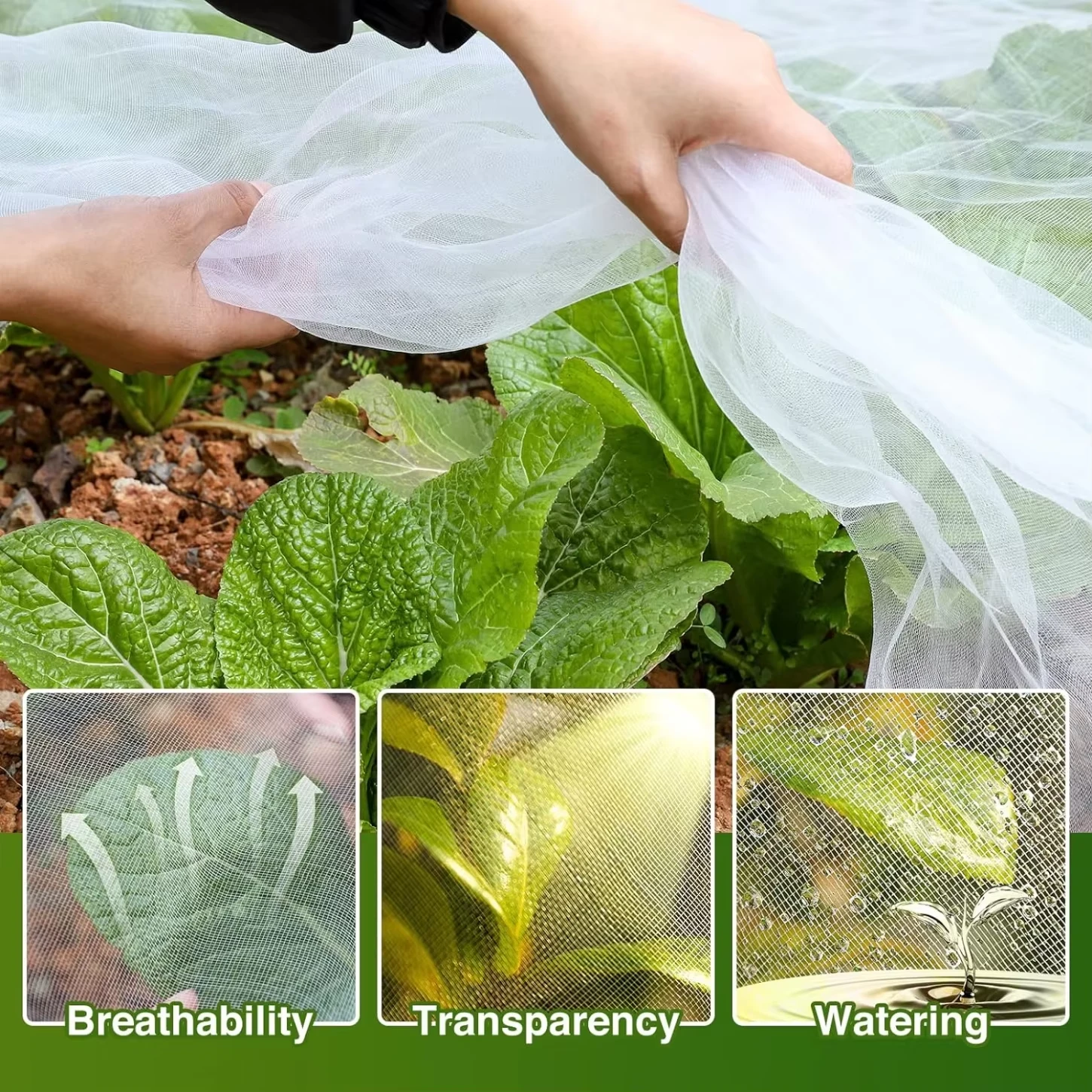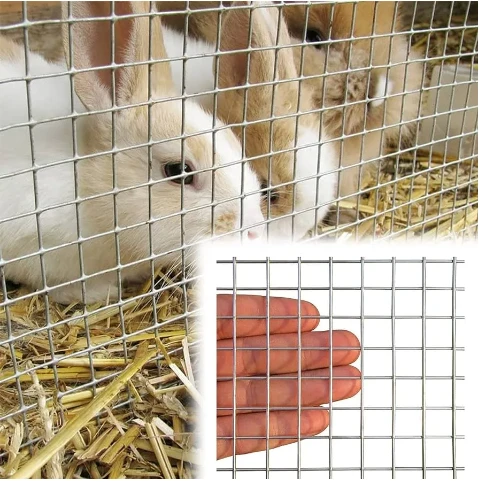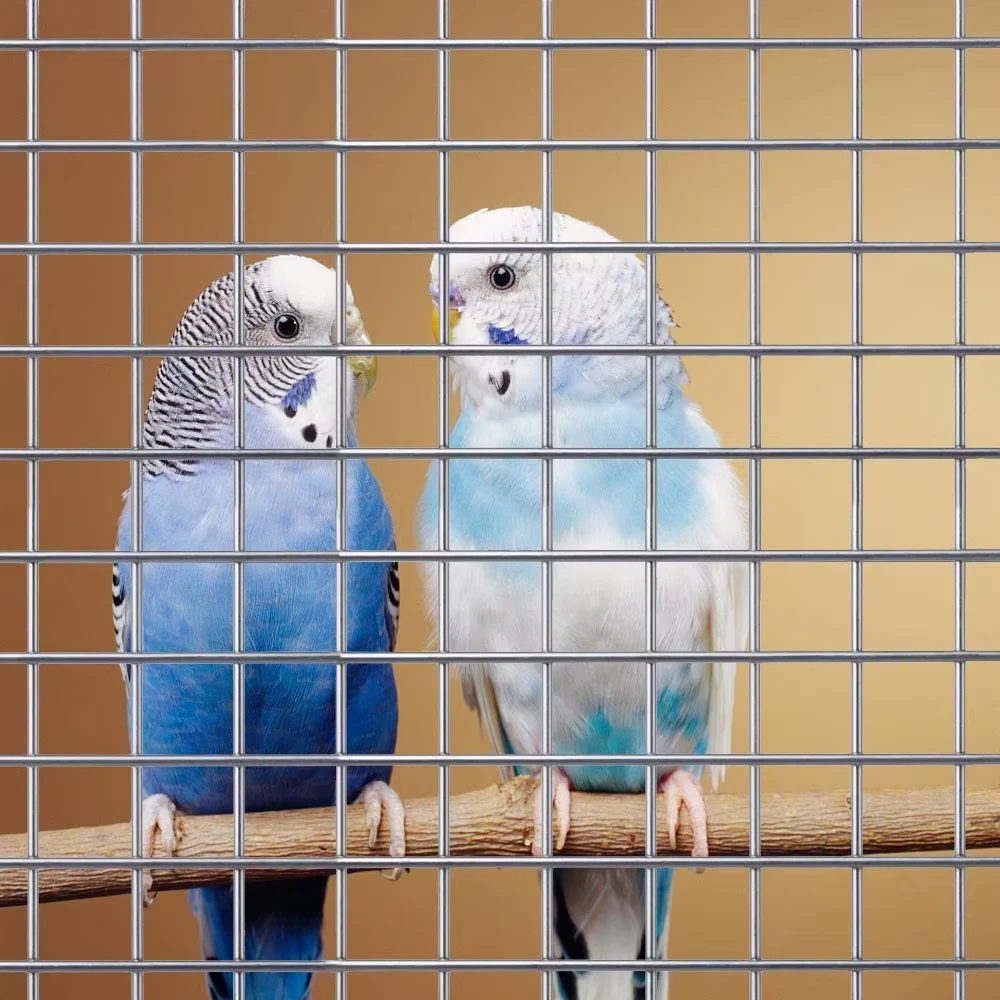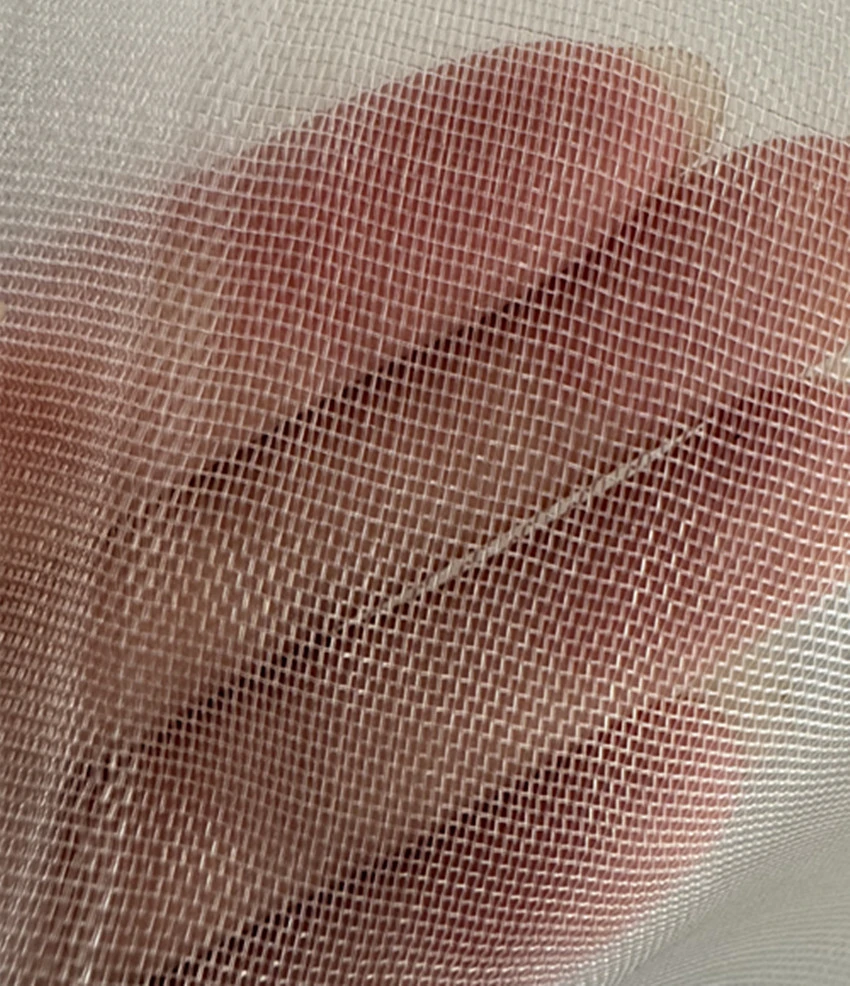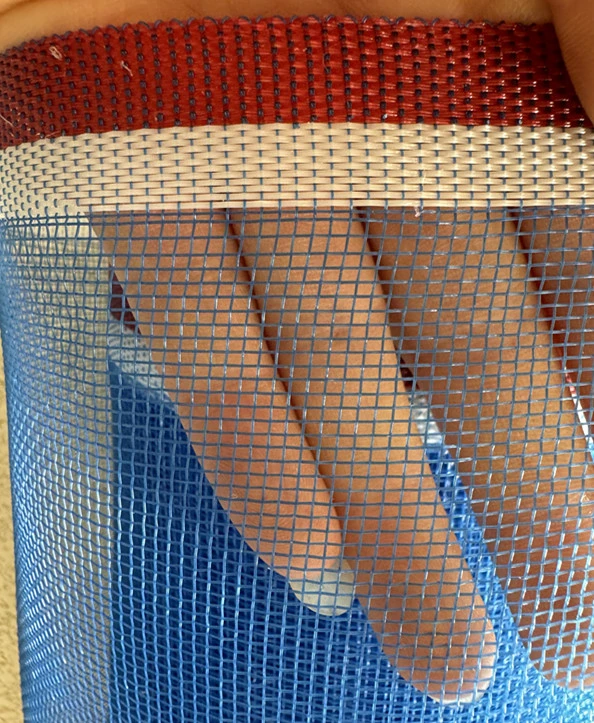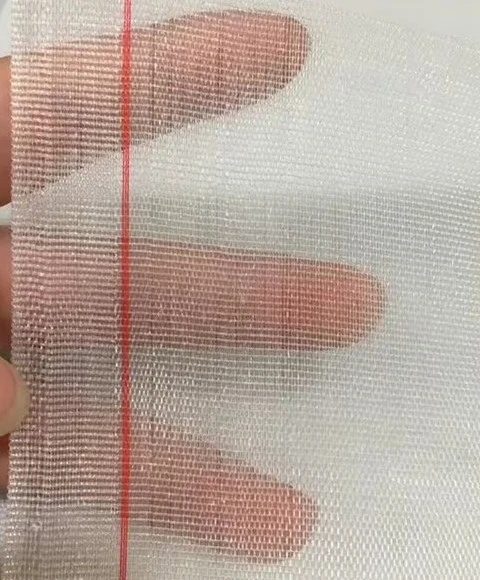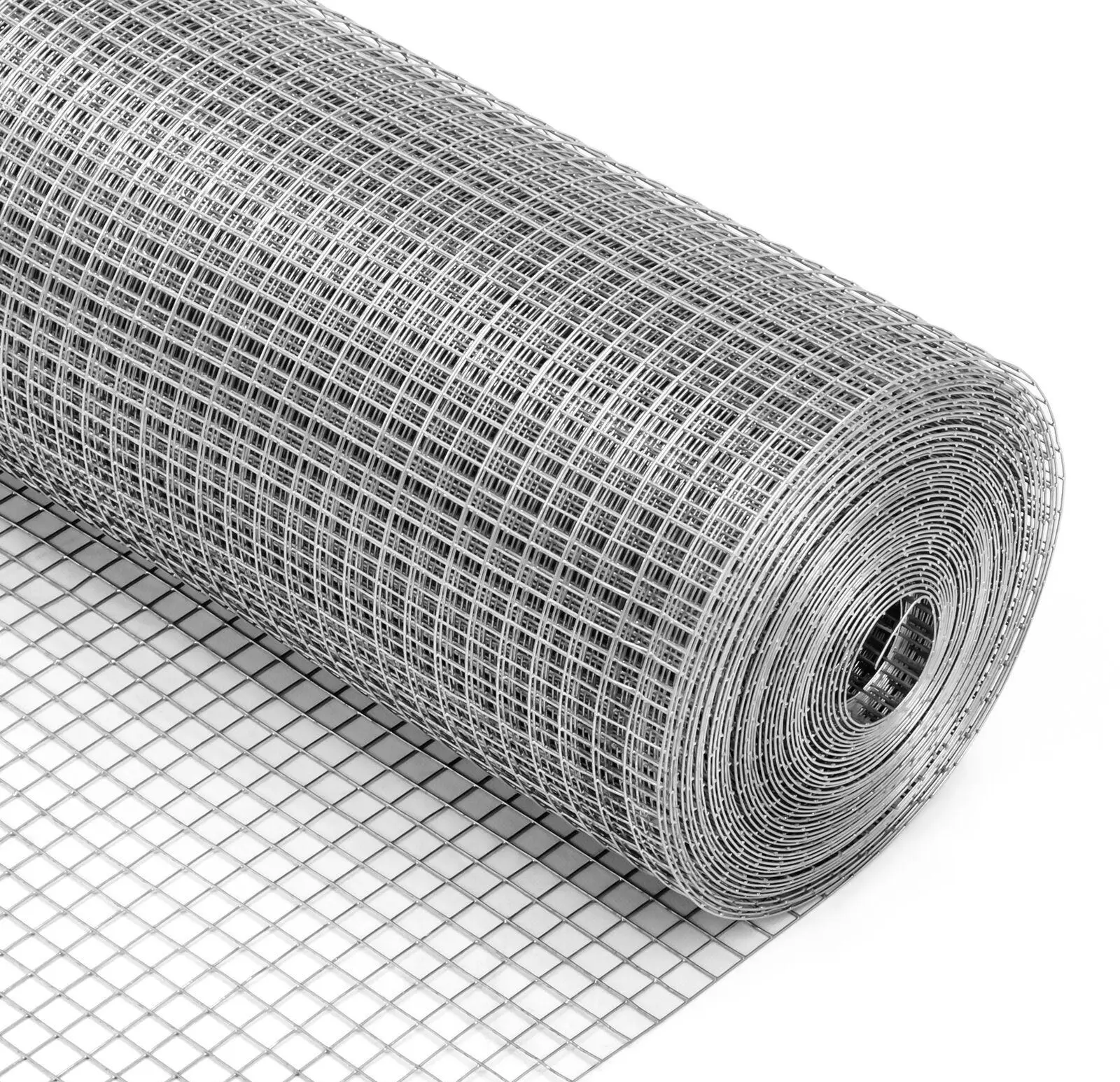-
 Afrikaans
Afrikaans -
 Albanian
Albanian -
 Amharic
Amharic -
 Arabic
Arabic -
 Armenian
Armenian -
 Azerbaijani
Azerbaijani -
 Basque
Basque -
 Belarusian
Belarusian -
 Bengali
Bengali -
 Bosnian
Bosnian -
 Bulgarian
Bulgarian -
 Catalan
Catalan -
 Cebuano
Cebuano -
 China
China -
 Corsican
Corsican -
 Croatian
Croatian -
 Czech
Czech -
 Danish
Danish -
 Dutch
Dutch -
 English
English -
 Esperanto
Esperanto -
 Estonian
Estonian -
 Finnish
Finnish -
 French
French -
 Frisian
Frisian -
 Galician
Galician -
 Georgian
Georgian -
 German
German -
 Greek
Greek -
 Gujarati
Gujarati -
 Haitian Creole
Haitian Creole -
 hausa
hausa -
 hawaiian
hawaiian -
 Hebrew
Hebrew -
 Hindi
Hindi -
 Miao
Miao -
 Hungarian
Hungarian -
 Icelandic
Icelandic -
 igbo
igbo -
 Indonesian
Indonesian -
 irish
irish -
 Italian
Italian -
 Japanese
Japanese -
 Javanese
Javanese -
 Kannada
Kannada -
 kazakh
kazakh -
 Khmer
Khmer -
 Rwandese
Rwandese -
 Korean
Korean -
 Kurdish
Kurdish -
 Kyrgyz
Kyrgyz -
 Lao
Lao -
 Latin
Latin -
 Latvian
Latvian -
 Lithuanian
Lithuanian -
 Luxembourgish
Luxembourgish -
 Macedonian
Macedonian -
 Malgashi
Malgashi -
 Malay
Malay -
 Malayalam
Malayalam -
 Maltese
Maltese -
 Maori
Maori -
 Marathi
Marathi -
 Mongolian
Mongolian -
 Myanmar
Myanmar -
 Nepali
Nepali -
 Norwegian
Norwegian -
 Norwegian
Norwegian -
 Occitan
Occitan -
 Pashto
Pashto -
 Persian
Persian -
 Polish
Polish -
 Portuguese
Portuguese -
 Punjabi
Punjabi -
 Romanian
Romanian -
 Russian
Russian -
 Samoan
Samoan -
 Scottish Gaelic
Scottish Gaelic -
 Serbian
Serbian -
 Sesotho
Sesotho -
 Shona
Shona -
 Sindhi
Sindhi -
 Sinhala
Sinhala -
 Slovak
Slovak -
 Slovenian
Slovenian -
 Somali
Somali -
 Spanish
Spanish -
 Sundanese
Sundanese -
 Swahili
Swahili -
 Swedish
Swedish -
 Tagalog
Tagalog -
 Tajik
Tajik -
 Tamil
Tamil -
 Tatar
Tatar -
 Telugu
Telugu -
 Thai
Thai -
 Turkish
Turkish -
 Turkmen
Turkmen -
 Ukrainian
Ukrainian -
 Urdu
Urdu -
 Uighur
Uighur -
 Uzbek
Uzbek -
 Vietnamese
Vietnamese -
 Welsh
Welsh -
 Bantu
Bantu -
 Yiddish
Yiddish -
 Yoruba
Yoruba -
 Zulu
Zulu
Premium Anti-UV Sunshade Net: 99% UV Protection, Durable
The rise of anti uv sunshade net solutions—also search as anti uv sun shade net, sunshade net, sun shade netting, sun shade mesh, and net for sun shade—is reshaping how industries and consumers address solar protection, cooling, and asset longevity. With increasing environmental challenges, selecting the right anti uv sunshade net is now a critical business decision.
In this comprehensive industry guide, we’ll analyze the latest technologies, compare products/specifications, introduce Black Anti UV Sunshade Net for Garden Shade Cloth, and provide real-world case studies and expert FAQ—fully aligned with Google EEAT principles.
- 🔎 Science-based technical breakdown: structure, production, standards & innovations
- 📊 Data-driven benchmarking: product parameters & application scenarios
- ⚙️ Visual manufacturing process overview, material/quality spotlights
- 💬 Industry-certified supplier ranking, customization & service plans
- 🏆 Application testimonials, detailed FAQ, warranty & support commitments

Industry Overview & Trend Analysis
Global demand for anti uv sunshade nets is set to surpass USD 1.3 billion by 2028, with a CAGR of 6.5% (Statista, 2023). Key growth drivers include climate change adaptation, greenhouse technology, and energy cost reduction in construction and agriculture. Modern advancements in polymer chemistry, precision mesh knitting, and multi-layer extrusion have enabled nets with up to 99% UV filtration, 7+ years lifespan, and specialized performance for various industries.

Key Technical Parameters of Anti UV Sunshade Net (Benchmark Table)
| Parameter | Typical Value / Range | Industry Standard / Reference |
|---|---|---|
| Material | HDPE, LDPE, UV-stabilized PP | ISO 13934-1, ASTM D5035 |
| UV Protection Rate | 60% – 99.5% | EN 13758-1 |
| Shade Rate | 30% – 95% | ISO 9050 |
| Mesh Density | 50-350 GSM (g/m²) | ISO 3801 |
| Width / Length (Roll) | 1m-6m / Up to 200m | Customizable |
| Color Options | Black, Green, Blue, Beige | Colorfast ISO 105-B02 |
| Tensile Strength | 250-750 N/5cm | ASTM D5034 |
| Lifespan | 3 – 10 years | UV Accelerated Aging Tests |
| Application Fields | Agriculture, Horticulture, Construction, Petrochemical, Metallurgy, Waterworks | Custom Certifications |
Explanation of Key Terms:
GSM: Grams per sq. meter (density)
HDPE: High Density Polyethylene—high strength, weather & corrosion resistance.
UV-stabilized: Plastic treated to block/absorb harmful ultraviolet radiation.
EN/ISO Standards: International certifications ensuring performance/reliability.
Product Deep Dive: Black Anti UV Sunshade Net for Garden Shade Cloth
- Model: Black Anti UV Sunshade Net
- Main Material: Premium HDPE + UV Inhibitors (Molecular Weight ≥200,000)
- Color: Black (highest UV protection, best anti-aging)
- Weaving: Raschel Warp Knitted (monofilament + tape)
- Density / GSM: 60–350 GSM (customizable for any project)
- Widths: 1m, 2m, 4m, 6m (up to 8m custom)
- Shade Rate: 80–95% (for garden & industrial use)
- Tensile Strength: 600–760 N/5cm
- Warranty: 5-8 years (real-world performance)
- Environmental: REACH compliant, non-toxic, recyclable
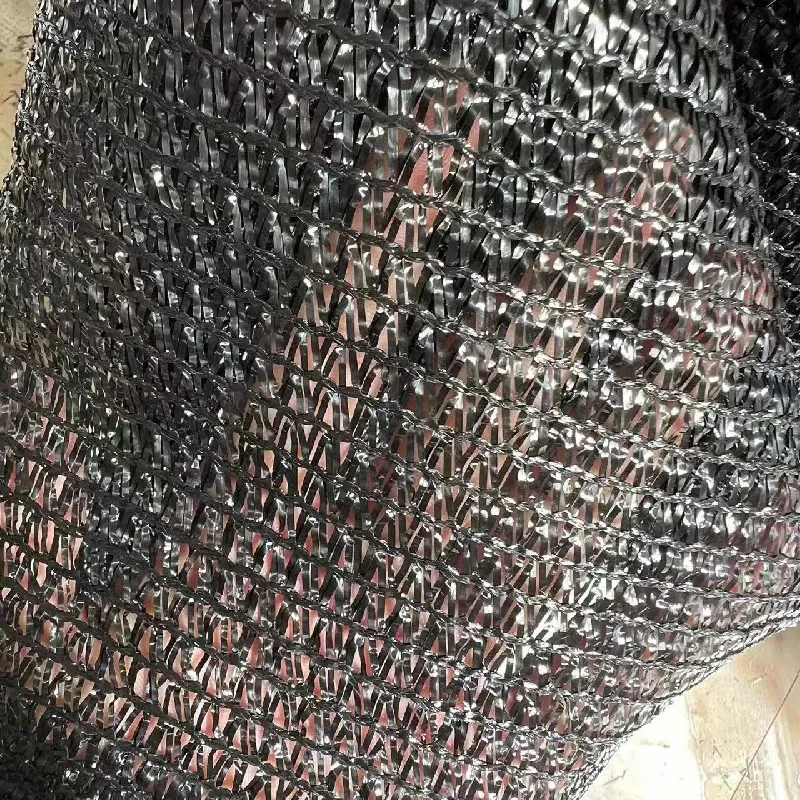
Manufacturing Process Flow Chart
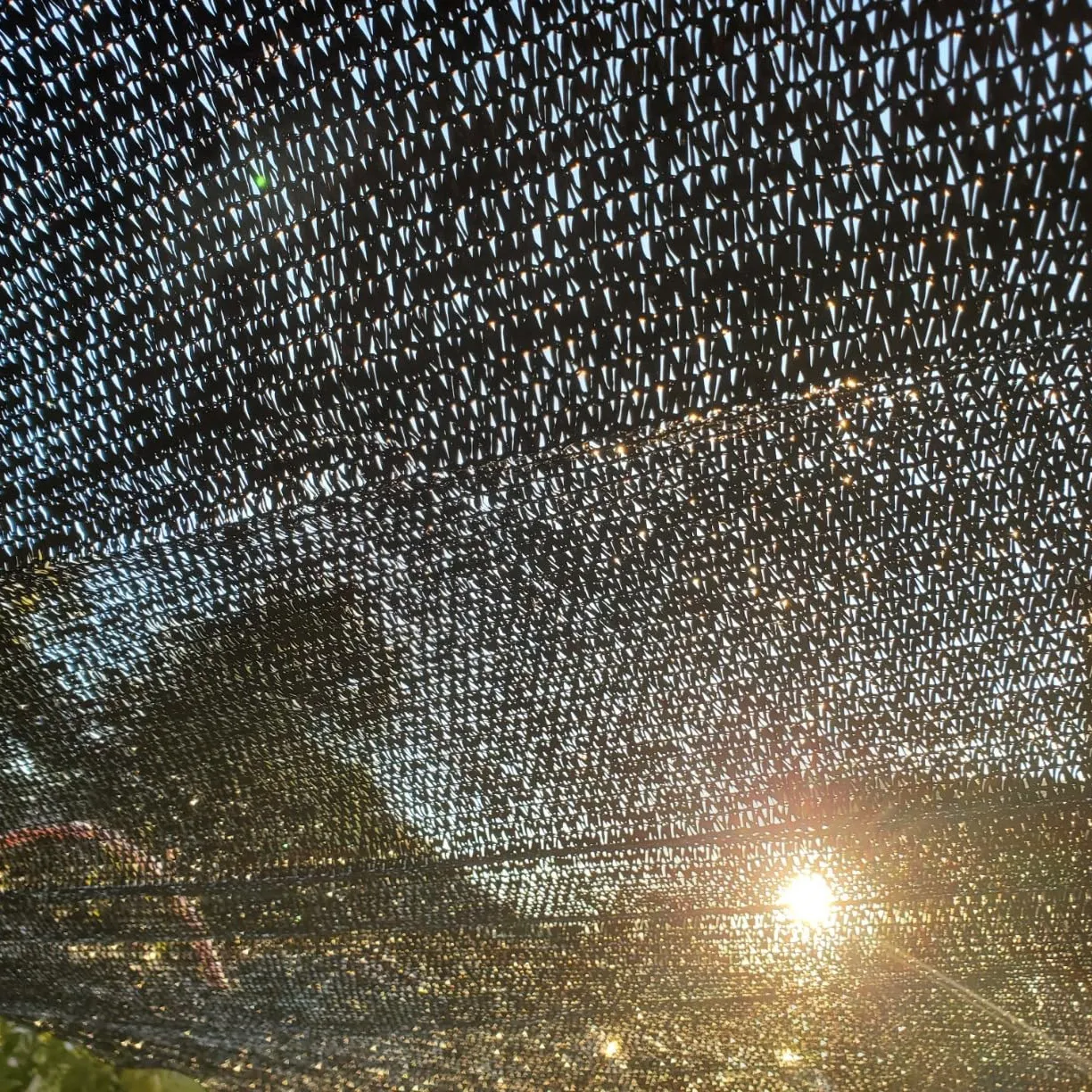
Manufacturing Steps Explained:
1. Raw Material Selection: High-quality HDPE granules, pigments, UV stabilizers (ISO 11357-6 tested).
2. Extrusion: Melt compounding/extrusion to form mono/tape filaments with precise molecular alignment.
3. Knit Weaving: Advanced Raschel machines produce uniform mesh size, enhance tensile strength, and remove burrs.
4. UV Stabilization: In-line dosers apply state-of-art UV inhibitors to prevent photo-degradation.
5. Cutting & Sizing: Automated cut/re-roll systems produce “zero-defect” panel edges (ANSI/ISEA 101 cutting standard).
6. Inspection & Quality Test: ISO 9001-certified QC: UV resistance, breaking strength, mesh uniformity, and outdoor simulation aging.
7. Packing & Warehousing: Custom branding, anti-moisture wraps, final shipment.
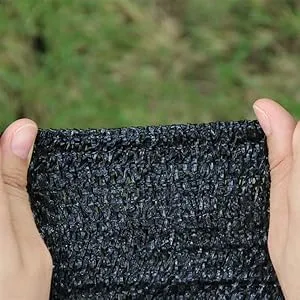
Why Choose Black HDPE Anti UV Sunshade Net?
- 99% UV protection: Outperforms green, blue, and other standard colors.
- ISO/ASTM-certified strength: Resists tearing, impact, and chemical exposure (critical for petrochemical, metallurgy).
- Surface smoothness & dust-shedding: Lower maintenance, longer service cycles.
- Chemical & weather resistance: Engineered for acid/alkali exposure in water works, metallurgy, and agricultural environments.
- Easy installation: Uniform mesh, strong grommet edge, ISO 10319 pull-test qualified.
- Environmentally friendly: Manufactured to RoHS/REACH, supports sustainability initiatives.
ISO/Authority Certification: Product line is ISO 9001:2015, CE, SGS tested—preferred by leading greenhouse constructors, EPC contractors, and industrial end-users.
Product Parameter Visualization & Data Analysis
Selecting the Best Anti UV Sunshade Net: Supplier Comparison Matrix
| Vendor | Material | UV Block % | Certified Standards | Lifespan (yrs) | Lead Time | Customization |
|---|---|---|---|---|---|---|
| YJWiremesh | HDPE + UV Masterbatch | 99% | ISO9001, CE, SGS | 7-8 | 7-14 days | Yes (Color, Size, Logo) |
| Company H | PP, Mixed PE | 84% | ISO, TÜV | 4-6 | 15-20 days | Partial |
| Brand G | LDPE | 76% | None | 3 | 20-35 days | No |
Customization, Shipping & Support
- Tailor-made Solutions: Choose mesh opening, GSM, UV % per climate/load, with industry-specific edge finish (e.g., reinforced border for greenhouses, metal eyelets for windbreaks).
- Delivery: Standard products ship in 7-14 days; custom projects 14-20 days.
- Quality Guarantee: 5-8 years warranty against UV degradation, cracking, or size shrinkage (written certificate provided).
- Support: Free pre-sales consultation, installation guidance, lifetime technical support via video/online.
- Certifications: All products ISO 9001, SGS, REACH, RoHS, with full reporting.
Application Scenarios & Typical Case Studies
A. Greenhouse & Horticultural Cooling
- Client: Dutch Horticulture EPC
- Challenge: Prevent 30% plant loss due to summer overheat
- Solution: Installed double-layer anti uv sunshade net (Black/95% shade, 180gsm)
- Result: 25% energy saving, yield up by 18%, net lifespan >7 years
B. Petrochemical Plant Asset Protection
- Client: Middle East Petrochemical
- Use: Pipe-yard covering & temporary worksite fencing
- Product: Custom 4m/350gsm sun shade mesh, high chemical resistance
- Outcome: Reduced corrosion incidents by 35%, saved $12,000 maintenance/year
C. Metallurgy & Smelting Environmental Protection
- Client: SE Asian Steel Works
- Challenge: Open-yard inventory at 40℃ ambient
- Net: Black HDPE anti uv sun shade net, 300gsm/90% shade
- Benefit: Maintained sub-ambient storage temps, OSHA dust/fume compliance
D. Public Construction/Shading
- Client: EU Facility Operator
- Project: Playgrounds & outdoor parking
- Product: Modular net for sun shade install (ISO 10121 wind-load rating)
- Result: Prevents up to 60% UV/radiant heating, sustains color after 5 years
FAQ: Professional Answers to Core Terms & Usage Questions
-
Q1. What is the main material used in **anti uv sunshade net** production?
Premium High Density Polyethylene (HDPE), blended with UV absorber masterbatch. HDPE is preferred for its molecular stability, extrusion uniformity, and proven resistance to cracking, acid/alkaline attack, and prolonged sunlight exposure.
-
Q2. What does "GSM" mean and why is it critical?
GSM (grams per square meter) measures the net’s density. High GSM (e.g. 300+) indicates superior strength, wind load resistance, and less risk of mesh “blowout” in storms—essential for industrial and agricultural high-exposure settings.
-
Q3. How are mesh opening sizes selected for specific environments?
Mesh size (mm) directly affects air/water permeability and light transmission. Dense mesh (1.0mm) maximizes shading for greenhouses. Larger mesh (2.5mm) is better for construction safety nets. YJWiremesh customizes to ISO 4920 permeability requirements.
-
Q4. What industry standards apply to **anti uv sunshade net**?
Primary certifications: ISO 9001:2015 (Quality), EN 13758-1 (UV Protection), SGS Lab (Material composition), ASTM D5035 (Tensile strength). These guarantee UV block rate, strength, and consistency.
-
Q5. Installation: What are the accepted standards and methods?
Follow ANSI/ISEA 101 guidelines: Pre-drilled metal grommets, reinforced PE edge banding, tensioning every 1.2m—ensures safety and maintains UV barrier integrity under dynamic loads.
-
Q6. What is "UV stabilized" vs. ordinary polyethylene?
UV stabilized means the polymer includes micro-additives to absorb/deflect ultraviolet photons, massively extending net service life (by 2–3x compared to non-stabilized PP/PE).
-
Q7. Which ISO/industry tests prove product longevity?
Accelerated UV aging (ISO 4892-3), tensile pull (ASTM D5034), colorfastness (ISO 105-B02), mesh uniformity (ISO 3801); our nets consistently exceed ISO and SGS pass thresholds.
Order Fulfillment, Warranty & After-Sales Service
- Minimum Order: 1000 m² per specification (smaller trial lots available for strategic clients)
- Lead Time: 7-14 days standard, 20 days for custom GSM/mesh/color
- Shipping: Global logistics, sea/air/courier, full tracking/insurance
- After-Sales: Full installation video/QA, 1-on-1 technical support, warranty claim
- Warranty: 5-8 years against mesh, UV, shrinkage issues—no-hassle replacement
Further Reading & Authoritative References
- Statista Market Analysis 2023: Global Shade Net Market Value Forecast
- ISO UV Testing Guide: ISO 4892-3: Accelerated UV Aging
- Modern Greenhouse Best Practices – Hortidaily: Is the Right Shade Net the Missing Link?
- Materials Forum Discussion on UV Stability: UV Stabilizers & Longevity
-
Shipping Plastic Bags for Every NeedNewsJul.24,2025
-
Safety Netting: Your Shield in ConstructionNewsJul.24,2025
-
Plastic Mesh Netting for Everyday UseNewsJul.24,2025
-
Nylon Netting for Every UseNewsJul.24,2025
-
Mesh Breeder Box for Fish TanksNewsJul.24,2025
-
Expanded Steel Mesh Offers Durable VersatilityNewsJul.24,2025




